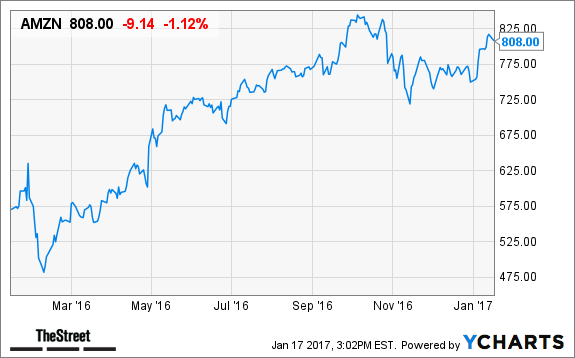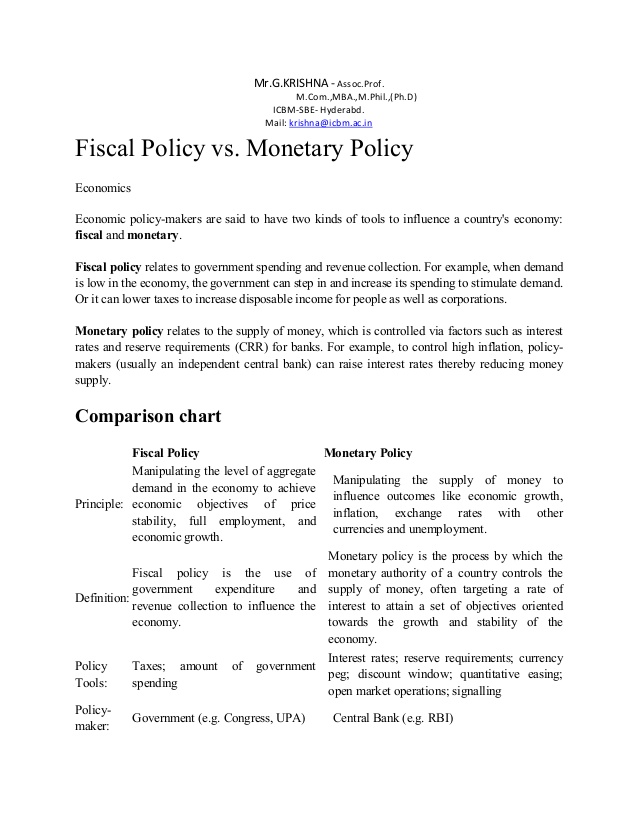Contents
If the monopolist produces the commodity under the law of Diminishing Returns or Increasing costs, he will get the maximum profit at point E where marginal revenue https://1investing.in/ is equal to marginal cost. Here he produces OM units of the commodity and gets PM as the price. His monopoly profit is represented by the shaded area PQRS.

One example was John D. Rockefeller’s gigantic company Standard Oil. At its peak in the late 1800s, Standard Oil controlled more than 90 percent of oil production in the United States. It wasn’t a pure monopoly, since other competitors existed, but it owned enough of the market to control prices almost completely. Due to the absence of competitors in the market, the sellers themselves determine prices. It is unlike the normal competitive market where the forces of demand and supply determine the price of a commodity. In monopolistic markets, prices remain stable compared to a competitive market.
Also, if this firm has a sound knowledge of other secret processes of production, it may turn out to be the sole supplier of a commodity. In business, a monopoly refers to a company that dominates the entire sector or industry. This implies that it is in full control of the majority of the market share of its goods and services. This company has little or no competitors and its competitors do not have real substitutes for the goods and services that this dominant business provides. Google is the leading search engine in the world, followed by Microsoft and Yahoo. The market share of Microsoft and Yahoo is very small as compared to Google.
All this is done in conjunction with the Antitrust Division of the United States Department of Justice. The laws are intentionally established so as to help preserve competition and also give small companies opportunities to enter the market. Generally, the motive of monopolists is to maintain high profits in the long run.
It includes relevant product market and relevant geographic market. First degree price discrimination charges each consumer the maximum price the consumer is willing to pay. Second degree price discrimination involves quantity discounts.
In that case, at least one input is fixed and other inputs are variable. Understand the monopoly meaning in economics by explaining the short-run equilibrium of a monopoly firm. These five types of a monopoly market, which illustrates the monopoly meaning in economics. It arises when a monopolist has such significant market power that it can restrict its output while increasing the price above the competitive level without losing customers.
Monopoly examples
Thus, the Monopoly firm is itself an industry and the monopolistic faces the industry demand curve. There are no close substitutes for the commodity it produces and there are barriers to entry. The single producer may be in the form of individual owner or a single partnership or a joint stock company. In other words, under monopoly there is no difference between firm and industry.
This is important for industries like medical drugs which require a lot of risky investment. In many industries which require substantial investment – a competitive industry with many small firms would be unsuitable. A monopoly faces a lack of competition, and therefore, it may have less incentive to work at product innovation and develop better products. To decide the amount of output to be produced and the price at which it will be sold to maximize profits. Under monopoly, multiple plants are a situation where a monopolist produces in two or more plants.
- Ii) The firm gets the exclusive rights granted by the government in order to produce a particular product, like patents on new drugs, copyright for books or software, etc.
- Their offerings are not perfect substitutes, such as Visa and MasterCard.
- A monopolist has the tendency of facing inelastic demands.
- This is to create awareness about the current market price of commodities.
- De Beers’ market share by value fell from as high as 90% in the 1980s to less than 40% in 2012, having resulted in a more fragmented diamond market with more transparency and greater liquidity.
If there is to be monopoly, the cross elasticity of demand between the product of the monopolist and the product of any other seller must be very small. A pure monopoly is also referred to as an imperfect monopoly where a single firm controls the supply of a commodity. There are no close substitutes for these commodities, not even in remote areas. Such a firm possesses absolute monopoly power and such is very rare.
This happens especially if these authorities conclude that these companies violate anti-monopoly laws or eliminate consumer choice. These modifications by the government authority can include forceful dispossession of some assets to give room for competition. This dispossession can in monopoly include property, plant, and equipment assets and also existing customer lists. A monopolistic market is typically dominated by one supplier and exhibits characteristics such as high prices and excessive barriers to entry. A monopoly is a business that is characterized by a lack of competition within a market and unavailable substitutes for its product.
In Boston, Red Sox baseball tickets can only be resold legally to the team. A company wishing to practice price discrimination must be able to prevent middlemen or brokers from acquiring the consumer surplus for themselves. The company accomplishes this by preventing or limiting resale. For instance, persons are required to show photographic identification and a boarding pass before boarding an airplane.
Company
Due to this, these scarce but essential resources are made unavailable to the potential entrants. However, he cannot fix both the price and force people to buy a pre-determined quantity at that price. It is owned and operated by a private individual or companies. The main objective of such monopolies is to serve society. So they are called welfare monopolies i.e. railways, electricity, etc. While others, despite not having it, can have greater benefits if they have lower costs.

The seller does not face any competition in such a market structure as he or she is the sole seller of that particular product. The entire power of availing goods at certain prices remains in the hands of a single firm. There is no competition to keep the quality and price of a monopolist in check. These factors can cause this market structure to be highly exploitative in nature. Also, price discrimination can exist under this market structure as the seller or producer can charge different prices to different sets of buyers.
The entire terms of the interaction are on the business’s terms. They can decide everything regarding the transaction with the sole exception of not being able to control demand. However, in case of inelastic goods, this point is overridden.
How to find profit maximizing price for a monopoly?
Because a monopolist has no rival, he lacks incentives towards efficiency. He has no urge to improve his method of production or engage in research and development to gain a competitive edge. In this case, the monopolist becomes less innovative and less enterprising. There are fewer incentives for monopolists to be innovative. Since competition is absent, a monopolist can make profits without putting in much effort. Discriminating monopolies in a way can reduce inequalities in the sense that they can charge higher prices to the rich than they charge to the poor.

However, under perfect competition, this becomes a rare case. In case of abnormal profits in such markets, many new firms will find their entry into the market, hence bringing stiff competition. Once the competition is in the market, it gets rid of the abnormal profits that monopolists have been meaning of monopoly in economics enjoying. A monopoly is a term used to refer to a market structure, where one entity, like a company, dominates the market with its products or services. Monopoly comes into existence when there is extreme free-market capitalism. In free-market capitalism, there are usually no restrictions.
Characteristics of a monopoly
Also, know the characteristics of a monopoly and the different types of monopolies. A natural monopoly develops in reliance on unique raw materials, technology, or specialization. Companies that havepatents or extensive research and development costs such as pharmaceutical companies are considered natural monopolies.
Zero implies no monopoly power and one implies maximum power. L depends on factors like elasticity of demand, presence of competitors, extent of regulations, etc. Price discrimination – This selling strategy is employed by monopolies wherein they charge different prices for the same product in different markets. They charge a price based on what they think the consumer would agree to.
Other examples of monopolies
The reasoning is that the demand curve for a vacation traveler is relatively elastic while the demand curve for a business traveler is relatively inelastic. Any determinant of price elasticity of demand can be used to segment markets. For example, seniors have a more elastic demand for movies than do young adults because they generally have more free time. Market power is the ability to increase the product’s price above marginal cost without losing all customers. Perfectly competitive companies have zero market power when it comes to setting prices. The price is set by the interaction of demand and supply at the market or aggregate level.
The monopoly is the market and prices are set by the monopolist based on their circumstances and not the interaction of demand and supply. The two primary factors determining monopoly market power are the company’s demand curve and its cost structure. That is the company is behaving like a perfectly competitive company.
In other words, Monopoly is a market situation in which there is only one seller of a product with barriers to entry of others. A single seller dominates either the entire industry or a substantial percentage of the industry. This domination makes the monopolist firm a price setter rather than a price taker. No close substitutes – The monopolist produces a product or service that has no similar or close substitute. Though a monopolist is a price-maker, he has limited power to charge a high price for his product in the market.



Leave a Reply